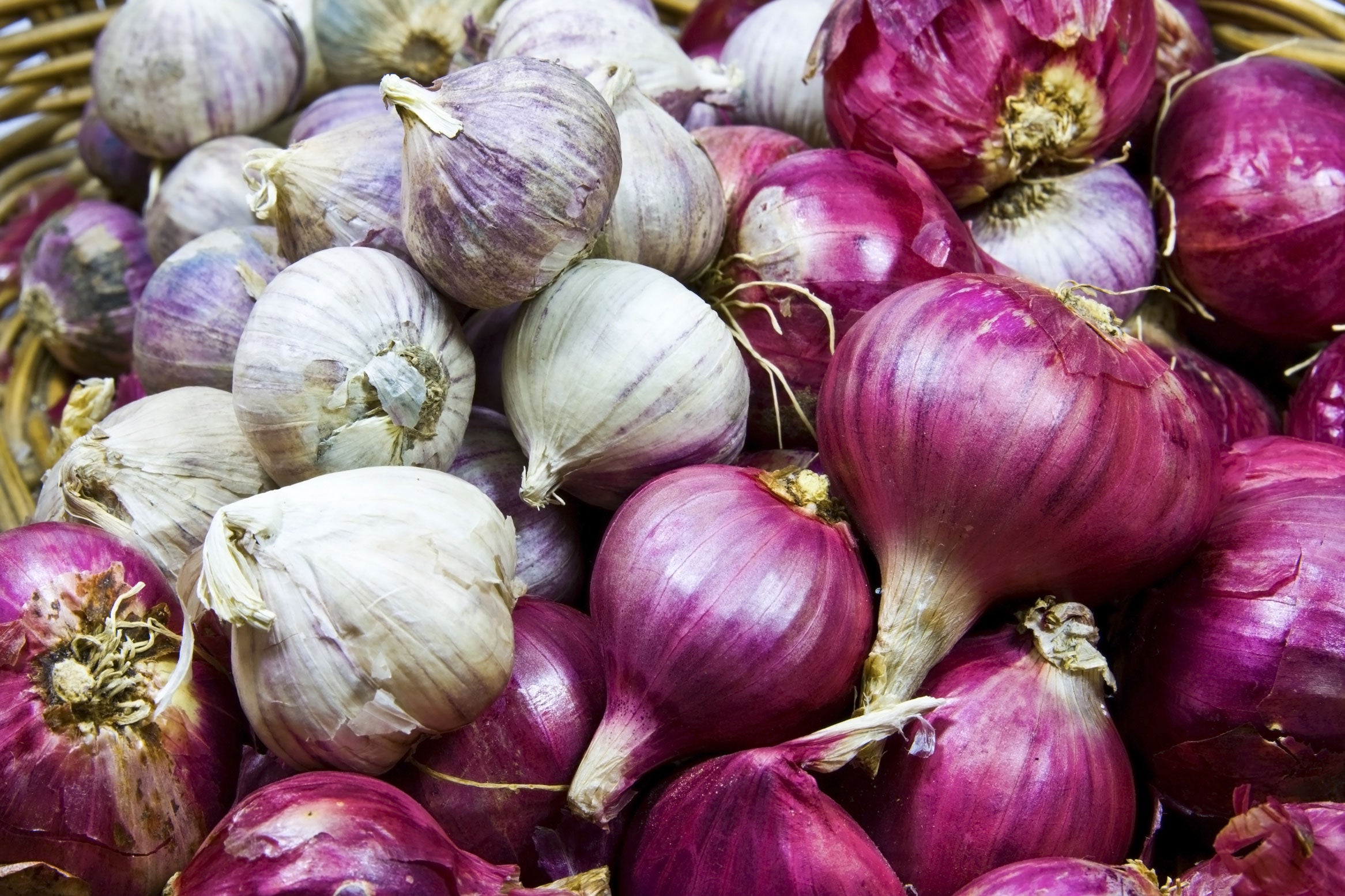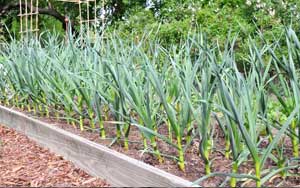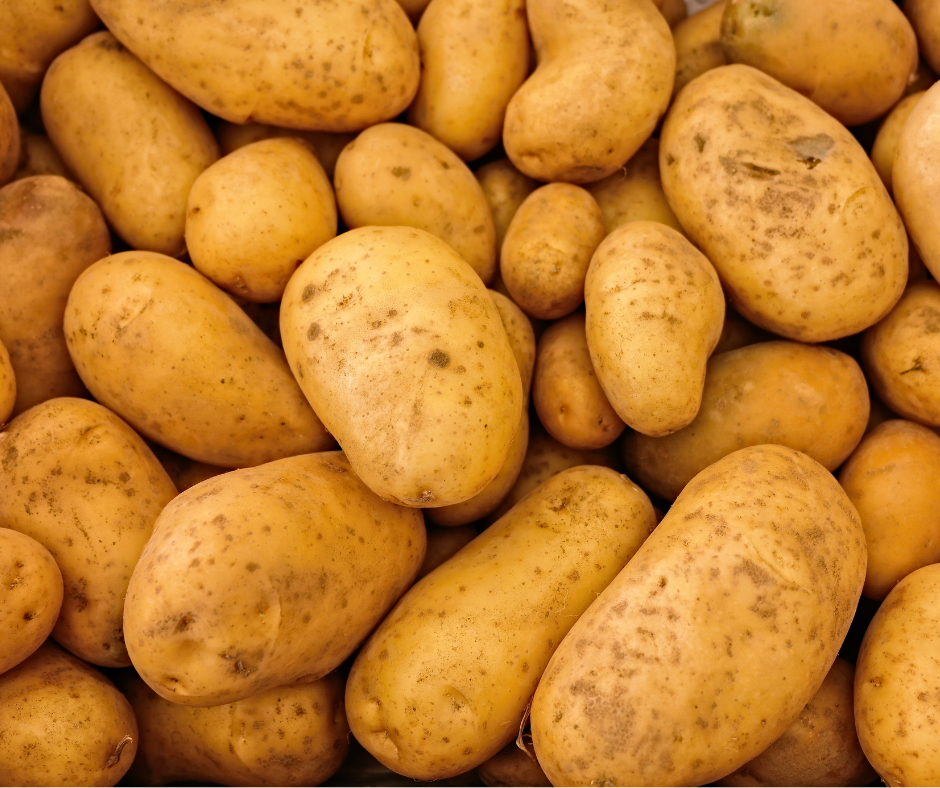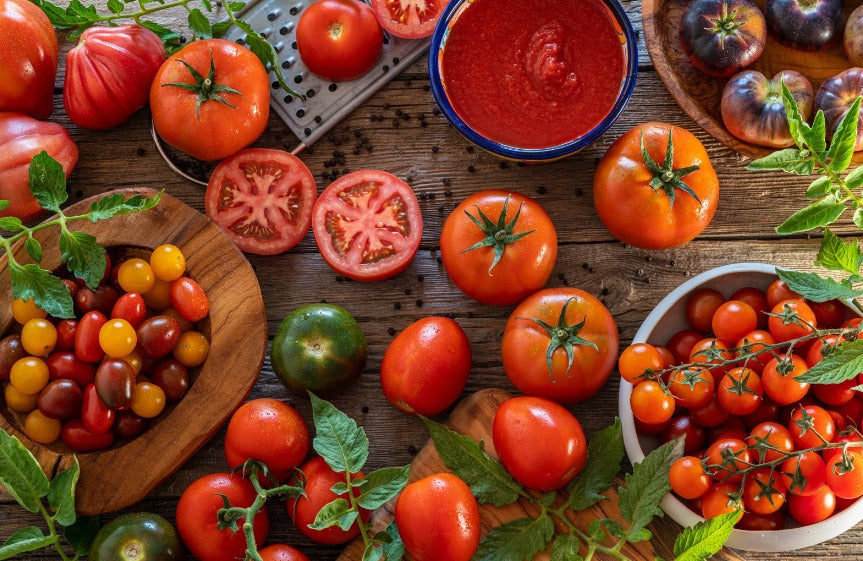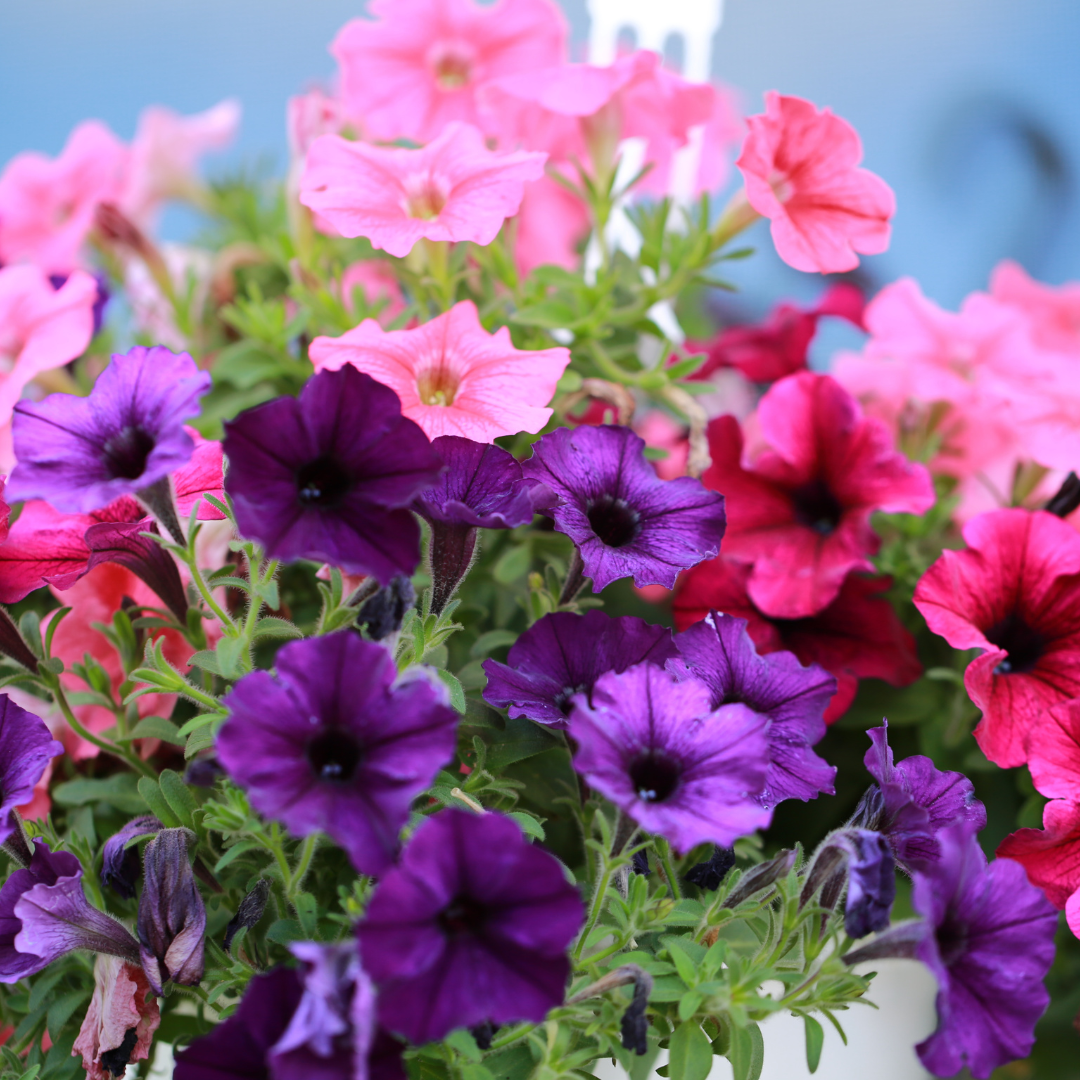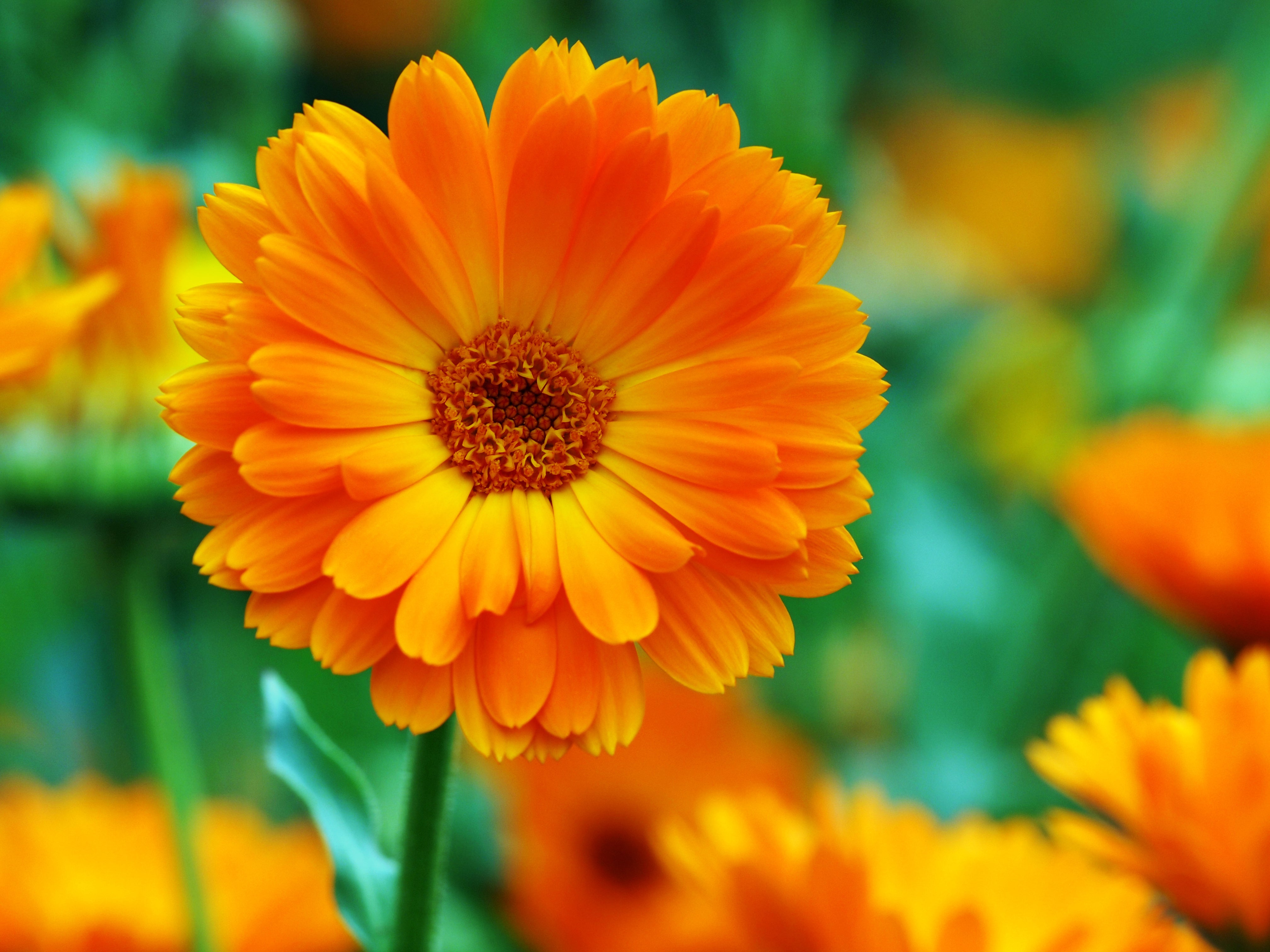Garlic is considered a medicinal herb as well as being an essential ingredient in many culinary dishes. Whatever your reason for growing garlic, it is easy! Garlic is a bulb from the lily family and is closely related to the onion. There are several varieties available.
White is the most common variety. Elephant garlic has large cloves, a mild flavour and is a good insect deterrent. Planted among roses, garlic is said to enhance their fragrance and deter insects. When cooked, shallots have a milder, sweeter flavour than onions, but eaten raw, they are typically more pungent. Their refined flavour is brought out when sautéed, in butter or oil, or when used in gravies and sauces. You can also snip the tops off the growing plants and use them as you would chives. Unlike onions or leeks, a shallot bulb is made up of cloves, like garlic.
Planting
Both garlic and shallots are traditionally planted on the shortest day of the year and harvested on the longest day. In cooler areas it can be planted in early May. Planting can continue through to August. They thrive in any well drained garden soil in a sunny position. Dig in plenty of compost and an application of a general garden fertiliser and lime before planting. Garlic and shallots can be grown in containers. Use a good quality potting mix and keep the plants well watered during spring. Liquid feed garlic and shallots grown in containers regularly using either Yates Thrive All Purpose Liquid Fertiliser. Both garlic and shallots do not like competing with weeds, so keep the area weed free and if conditions are dry, well watered. Reduce watering one month before harvest to ensure they keep well once harvested. If flower stalks appear, remove them, this will reduce the size of the bulbs when harvested.Garlic
Break the garlic bulb up into individual cloves taking the largest undamaged cloves from around the outside of the bulb. Do this just before planting as the clove will start to “grow” as soon as it is broken up. Press the cloves into the soil with the narrow end up so they are just covered – approximately 2-5cm deep – depending on the size of the cloves. Plant 15cm apart. If planting several rows, allow 30cm between the rows.Shallots
Plant the individual cloves and the mother bulb separately. Plant them half in, half out of the soil, with the narrow end up and 8-10cm apart.Lifting and storage
Harvest in December on the longest day of the year or when the foliage turns brown. Lift by loosening the soil around the bulb with a fork and pull the bulbs up by the tops. Store the bulbs, foliage and all, in a cool, dry, well-ventilated place for two to three weeks. When the foliage is dry, trim it back to the top of the bulb and store it in a string bag in a cool, dry, well-ventilated shed until needed. Alternatively, leave about 15cm of foliage on top and braid the bulbs into bunches.
Pests and diseases
Garlic and shallots are relatively pest and disease free. Mites are minute insects that cause leaves to speckle and yellow affecting storage after harvest. Spray with Yates Mavrik. Thrips are insects that cause the foliage to become blotched and turn a silvery-grey colour. Spray with Yates Mavrik. Downy Mildew is a fungus that affects garlic in warm, wet weather causing the foliage to yellow, wilt and become stunted. Spray with Yates Fungus Fighter.Garlic & Shallot Recipes
Pickled garlic
- 250g Garlic peeled and cut into large pieces
- 1 cup white vinegar
- 3 tablespoons of sugar
- 1/4 teaspoon mustard seed
- 1 teaspoon celery seed
Caramelised shallots
- 85g unsalted butter
- 900g fresh shallots, peeled, with roots intact
- 3 tablespoons sugar
- 3 tablespoons red wine vinegar
- Salt and pepper to taste
- 2 tablespoons chopped fresh flat-leaf parsley
In a saucepan melt butter, add the shallots and sugar, and toss to coat. Cook over medium heat for 10 minutes, tossing occasionally, until the shallots start to brown. Add the vinegar, salt and pepper and toss well. Place the sauté pan in a 200°C oven and roast for 15 to 30 minutes, depending on the size of the shallots, until they are tender. Season, sprinkle with parsley, and serve hot. Delicious as a pizza topping, served with your favourite vegetables or added to a salad.

